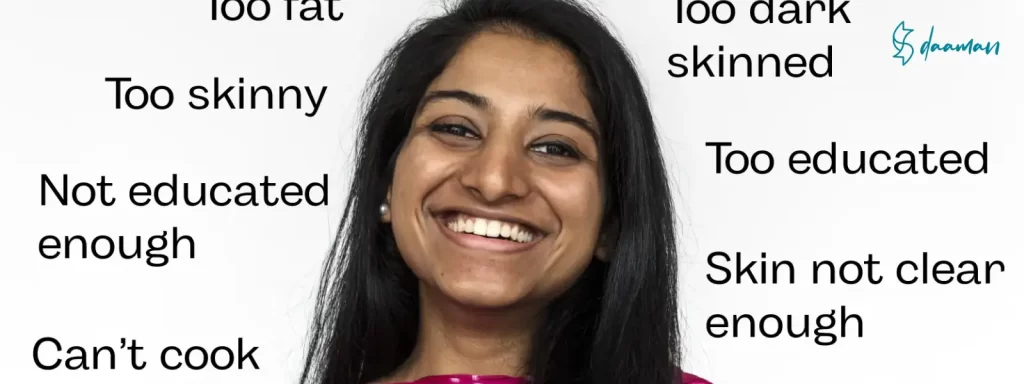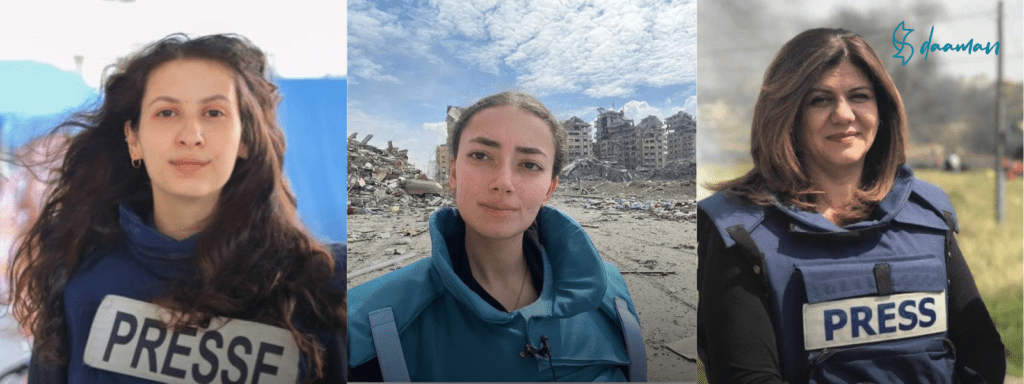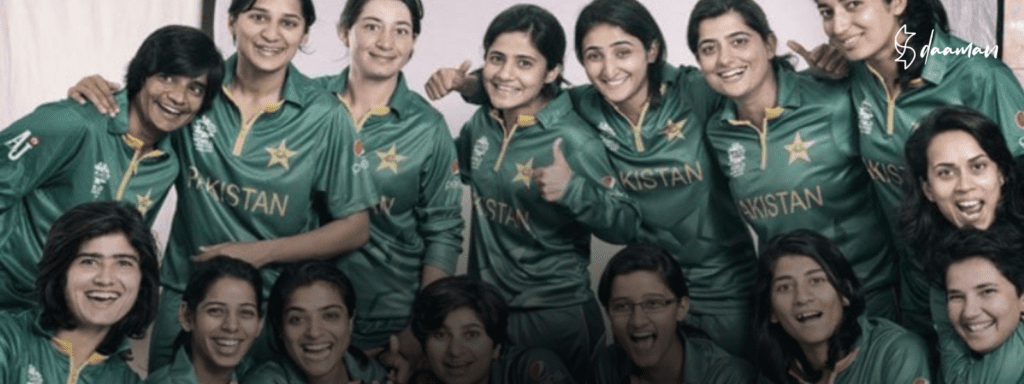Unraveling Generational Misogyny in South Asian Women
In the rich tapestry of South Asian cultures, deeply ingrained patterns of misogyny persist, weaving their way through generations like an insidious thread. One of the most prevalent manifestations of this misogyny is the discrimination against curvy or chubby women, perpetuated through body shaming and the imposition of unrealistic beauty standards. Moreover, toxic practices such as limiting women to traditional roles as homemakers and pressuring them into caretaking responsibilities contribute to a cycle of generational oppression. This article aims to explore the multifaceted nature of misogyny in South Asian communities, shedding light on how these harmful patterns are passed down and perpetuated over time. Image Source: Freepik.com Body Shaming and Beauty Standards: One prominent aspect of generational misogyny in South Asian communities is the stigmatization of curvy or chubby women. The relentless body shaming these women endure stems from deeply rooted cultural biases that associate beauty with thinness. Consequently, curvy women are often deemed vulgar and are subjected to discriminatory practices, such as being told to cover up more than their thinner counterparts. The pressure to conform to a specific body image is so intense that young girls are often compelled to lose weight with the implicit threat that no one will marry them if they do not adhere to these standards. Toxic Gender Roles and Domestic Expectations: The perpetuation of generational misogyny is further exacerbated by the imposition of rigid gender roles, relegating women to the confines of the household. Young girls are often burdened with responsibilities traditionally associated with homemaking, such as caring for younger siblings, cooking, and cleaning. This early conditioning not only limits their personal growth and aspirations but also reinforces the harmful idea that a woman’s primary role is to be a caregiver. The pressure to be the sole parent responsible for raising children can be overwhelming, perpetuating a cycle where daughters, too, are raised to conform to these antiquated expectations. Education as a Means to an End: In many South Asian communities, the pursuit of education for women is often viewed as a means to an end – primarily, the attainment of a good marriage. Women are encouraged to study, not for the sake of personal growth or career aspirations, but as a means of marketing themselves as desirable wives. This mindset diminishes the value of women’s education and reinforces the notion that their careers are secondary to their marital prospects. Consequently, women’s professional achievements are often trivialized, contributing to the cycle of undervaluing the potential and capabilities of the female workforce. Colorism and Eurocentric Beauty Standards: Another deeply ingrained facet of generational misogyny in South Asian communities is colorism – the discrimination based on skin color. Lighter skin tones, often associated with Eurocentric features, are prized, while darker skin tones are subjected to prejudice and bias. This bias extends to the rejection of traditional features, such as the disdain for a “typical” brown nose. This perpetuates a harmful cycle where women are judged not only on their physical appearance but also on how closely they adhere to Westernized beauty ideals, further deepening the roots of generational misogyny. Image Source : Freepik.com Breaking the chains of generational misogyny in South Asian communities requires a concerted effort to challenge deeply ingrained cultural norms and biases. Recognizing and dismantling these toxic patterns, from body shaming to restrictive gender roles, is essential for fostering a society that values the inherent worth and potential of every individual, regardless of gender or appearance. By encouraging open dialogue, promoting education for the sake of personal growth, and challenging discriminatory beauty standards, we can pave the way for a more inclusive and equitable future, breaking free from the shackles of generational misogyny.
Unraveling Generational Misogyny in South Asian Women Read More »












